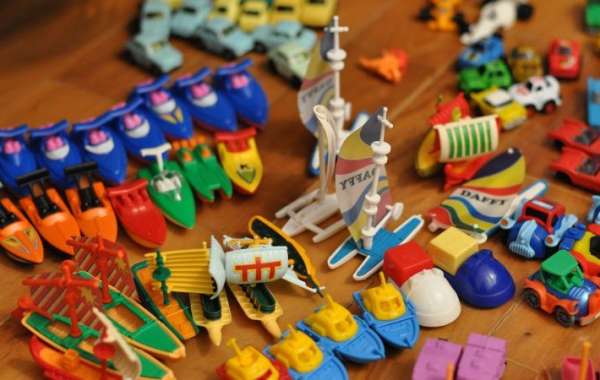The Sri Lanka toys market size is estimated to grow in the forecast period of 2024-2032 at a CAGR of 19.50%. This impressive growth rate reflects the dynamic nature of the toy industry in Sri Lanka, which has been shaped by cultural influences, economic factors, changing consumer preferences, and emerging trends. In this blog post, we will delve deep into the Sri Lanka Toys Market to provide a comprehensive market overview. We will examine its historical development, the current market landscape, factors driving growth, cultural influences, challenges, and opportunities, as well as the future projections for this vibrant and evolving industry.
I. Historical Perspective
The history of the toy industry in Sri Lanka is a fascinating journey that spans decades. From traditional handmade toys crafted by local artisans to the introduction of modern, mass-produced toys, the market has come a long way. In the early years, toys were often made from locally available materials like wood, clay, and fabric. These toys were not only a source of entertainment but also a reflection of the rich cultural heritage of the island nation.
Over time, the market witnessed significant changes, with the advent of plastic toys and the influence of international toy trends. The Sri Lankan toy industry adapted to these changes, with local manufacturers producing a wide range of toys to cater to different age groups and interests.
II. Current Market Landscape
As of the latest available data, the Sri Lanka Toys Market has experienced steady growth. The market size has expanded significantly, driven by factors such as rising disposable incomes, urbanization, and changing lifestyles. Key players in the industry include both domestic and international toy manufacturers and distributors.
The market can be segmented into various categories, including educational toys, outdoor toys, electronic toys, and more. Educational toys, in particular, have gained popularity among parents as they seek toys that promote learning and development in their children.
III. Factors Driving Growth
Several factors contribute to the impressive growth rate of the Sri Lanka Toys Market:
Economic Factors: The growth of the Sri Lankan economy has led to increased purchasing power among consumers. As a result, parents are more willing to invest in quality toys for their children.
Changing Consumer Preferences: Sri Lankan consumers are becoming more discerning when it comes to choosing toys. They are looking for toys that not only entertain but also provide educational value and stimulate creativity.
Emerging Trends: The toy industry is constantly evolving. Trends like STEM (Science, Technology, Engineering, and Mathematics) toys, gender-neutral toys, and eco-friendly toys have gained traction in Sri Lanka, mirroring global trends.
Online Retail: The rise of e-commerce platforms has expanded the reach of toy retailers, making it easier for consumers to access a wider variety of toys from both local and international brands.
IV. Cultural Influences
Sri Lankan culture plays a significant role in shaping toy preferences. Traditional toys, inspired by local folklore and customs, continue to be cherished by both children and collectors. These toys often reflect the deep-rooted traditions and history of the country.
Festivals and celebrations, such as Sinhala and Tamil New Year, also have a substantial impact on toy sales. During these times, demand for specific types of toys, such as traditional games and decorative items, experiences a surge.
V. Challenges and Opportunities
While the Sri Lanka Toys Market is thriving, it also faces its fair share of challenges. Competition from international brands, rising production costs, and the need for quality control are some of the hurdles that local manufacturers and retailers must overcome. However, these challenges also present opportunities for innovation and collaboration within the industry.
Opportunities lie in the production of eco-friendly toys, leveraging traditional craftsmanship, and exploring niche markets that cater to collectors and enthusiasts.
VI. Sustainability and Eco-Friendly Toys
In recent years, there has been a growing trend towards eco-friendly and sustainable toys in Sri Lanka. Parents are increasingly concerned about the environmental impact of the products they buy for their children. As a result, toy manufacturers are exploring eco-friendly materials and production processes to meet this demand.
Companies that prioritize sustainability are not only contributing to a greener future but also attracting conscious consumers who value products that are safe for their children and the planet.
VII. Future Projections
The future of the Sri Lanka Toys Market is promising. With a CAGR of 19.50% estimated for the period of 2024-2032, the industry is set to continue its growth trajectory. Emerging trends such as augmented reality toys, increased focus on child safety, and the incorporation of technology into traditional play are expected to shape the market's evolution.
Additionally, collaborations between local artisans and toy manufacturers can lead to the creation of unique and culturally significant toys that resonate with both local and international markets.




